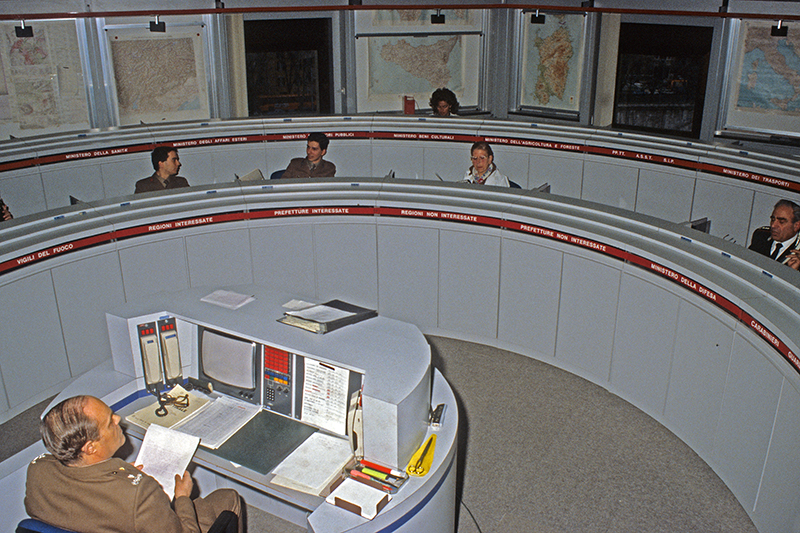The birth of the National Civil Protection Service

On February 24, 1992, with the approval of Law No. 225, the structure of civil protection was consolidated with the birth of the National Service, with the task of "protecting the integrity of life, property, settlements and the environment from damage or the threat of damage resulting from natural disasters, catastrophes, and other calamitous events."
Civil protection became a coordinated system of competencies involving state administrations, regions, provinces, municipalities and other local bodies, public bodies, the scientific community, volunteers, professional orders and colleges, and other institutions in the national territory. Law n. 225 marked a significant shift from the centralized to the decentralized phase. Although the operational competencies remained with the central and peripheral administration of the State, this law increased the weight of the Regions, Provinces, and Municipalities, particularly in terms of forecasting and prevention.
Volunteers represent one of the components and operational structures of the National Service to ensure the broad participation of citizens and voluntary civil protection organizations in forecasting, prevention, and rescue. The Civil Protection Department plays a coordinating and guiding role, which it also exercises through fundamental "spaces of confrontation and sharing of rules": the collegial bodies.
Photo: Picture of a Civil Protection Operational Committee from the 1990s.